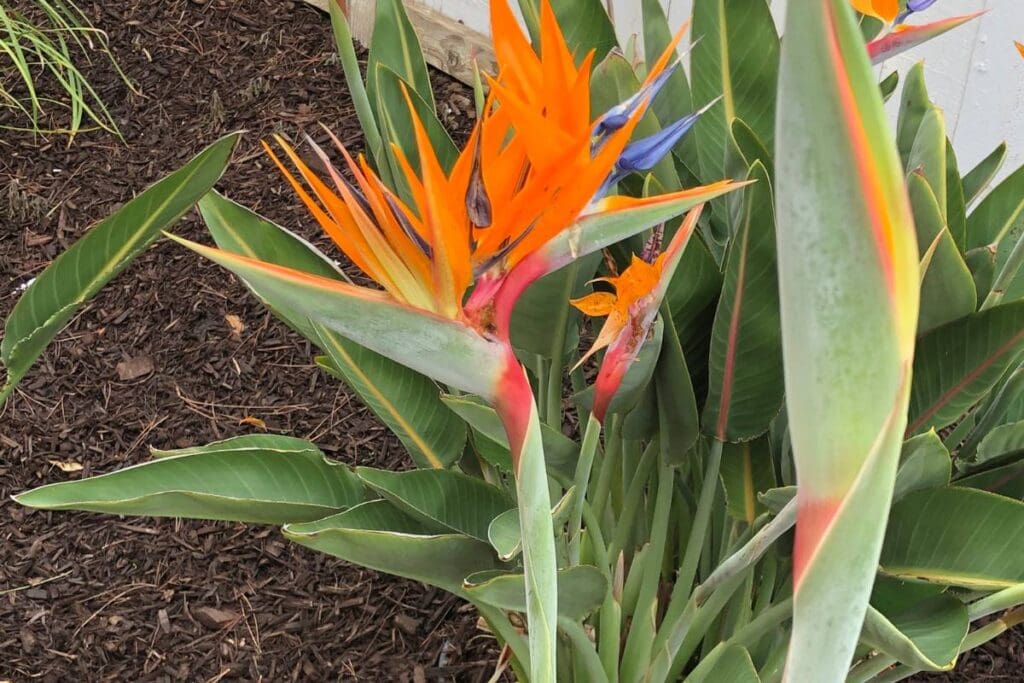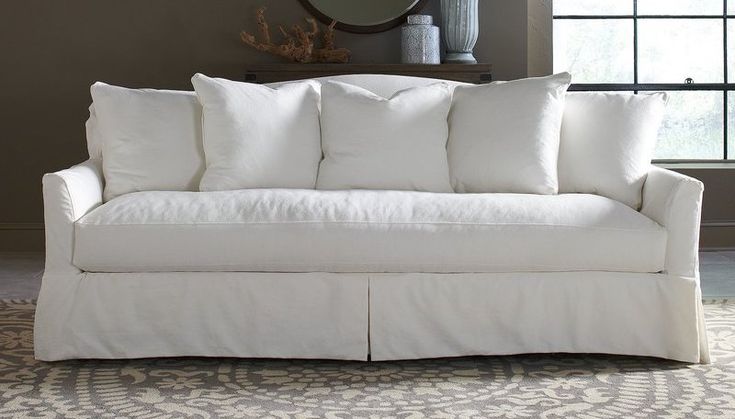A Complete Guide for Care of Bird of Paradise Indoor Plant

Looking for a Bird of Paradise Plant Care Guide? If you have a bird of paradise indoor plant or are thinking about getting one, you’re in the right spot.
This guide will help you understand how to take care of your lovely plant in a way that’s easy to do.
Bird of Paradise indoor plants aren’t just nice to look at; they can also add freshness to your indoor space. Their big, pretty leaves stand out.
But, like all living things, they need a bit of care to stay healthy and happy. We’ll walk you through the basics of looking after your bird of paradise plant.
Whether you are new to plant care or you’ve had plants before, we aim to make it simple for you. You don’t need to be an expert to keep your bird of paradise plant growing well.
After following these easy steps, you’ll be able to enjoy the beauty and green leaves of the bird of paradise plant.
Steps to Care Bird of Paradise Plant
1. Light Requirements

The Bird of Paradise indoor plant loves bright, indirect sunlight. It enjoys getting 4 to 6 hours of sunlight daily, but be careful not to expose it to bright, direct sunlight as it may harm the leaves.
Placing the plant near a west or east-facing window is best, as it allows it to get the right amount of light. You will find the best spot for your little plant to give it sunlight.
To keep this tropical beauty happy, find a spot near a window that doesn’t get too much direct sun. Just a few hours of sunlight every day will make it smile and grow tall and strong. So, let the sunshine in gently, and watch your Bird of Paradise indoor plant develop with happiness. Your home will become a mini heaven of greenery.
An adjustable plant stand is the perfect partner for this vibrant indoor plant, providing the flexibility to adjust its height and move it around easily to capture the ideal amount of sunlight.
2. Soil Requirements

For your bird of paradise indoor plant to grow well, it needs the right kind of soil. The soil should let water pass through easily and have lots of nutrients.
Think of a healthy meal for your plant. To achieve this, use a mix of peat moss, perlite, and sand. This special mix makes sure that water doesn’t stay in the soil for too long, which can be bad for the plant’s roots.
But just be careful not to use heavy soils that hold too much water. Too much water is a bad-looking mess for your plant, and it can harm the roots.
You can use an indoor plant pot with drainage holes that will prevent the pulpy mess. For your bird of paradise indoor plant to be happy and healthy, give it a soil mix that lets extra water flow away and provides all the nutrients it needs to grow strong.
3. Watering

Taking care of your bird of paradise indoor plant is easy when it comes to watering. Like us, plants don’t want to be either too thirsty or drowning in water. So, finding the right balance is essential for its health.
When watering your bird of paradise, remember to be decent. Give it a good drink, but then let the top inch of the soil dry out before watering again. Little drying session for the plant’s roots.
During the growing season, which is usually spring and summer, you can water your plant every 1 to 2 weeks. But when winter arrives and the plant’s growth slows down, you can water it less often.
So, be sure to let any excess water drain out of the self-watering plant pot, and don’t let the plant’s feet get too wet. By following these easy watering tips, you’ll keep your bird of paradise indoor plant fresh and healthy.
4. Temperature

The Bird of Paradise grows in average room temperatures ranging from 65°F to 80°F (18°C to 27°C). Protect the plant from drafts and cold air, which can harm its leaves. Your Bird of Paradise indoor plant prefers a comfortable home.
The temperature is just right, not too hot or too cold. Keep your room temp around 65°F to 80°F (18°C to 27°C), and your plant will be happy and healthy.
Don’t forget a digital thermometer with a hygrometer is a helpful tool to monitor the temperature and humidity levels in your home. Cold drafts are no fun for this plant, so shield it from the chilly air and keep it away from places where cold winds might sneak in. Let your plant lie in the best atmosphere of your home.
By providing the right temperature and protecting it from drafts, your Bird of Paradise indoor plant will be a good addition to your indoor space.
5. Fertilizer

To keep your bird of paradise indoor plant healthy and fresh, give it some good plant food. During the growing season in spring and summer, feed it with a balanced, all-purpose liquid fertilizer every 2 to 4 weeks.
It is just like how we eat our favorite snacks to stay strong and grow; this fertilizer will give your plant the nutrients it needs to live.
In the winter months, the plant takes a little rest; you can reduce the feeding to once every 6 to 8 weeks. It’s like giving it a little break, just like we do during our holidays. But be aware not to overfeed your plant.
Too much fertilizer can cause trouble, just like eating too much candy can upset our tummy. So, follow the guidelines and avoid over-fertilizing to prevent salt from building up in the soil.
6. Humidity

The bird of paradise indoor plant prefers to be in places with a bit of humidity, but it’s okay with the usual humidity found in most homes. When the air gets dry, during dry seasons, you can help it out by spraying some water on its leaves with a Plant Mister Spray Bottle. It’s like giving it a little refreshing shower to keep it fresh. This natural beauty doesn’t need a lot of humidity to do well.
It’s a tough plant that can handle the regular humidity levels you find indoors. But, like us, it enjoys a little extra moisture when the air gets too dry.
So, if you notice the air in your home is becoming a bit dry, give your bird of paradise a light watering. It will be grateful for the extra moisture. This plant is quite easygoing when it comes to humidity, so you don’t need to worry too much.
Keep an eye on it during dry spells, and if you see its leaves looking a bit sad or droopy, give it a gentle misting. With a little care, your bird of paradise indoor plant will stay green and healthy.
7. Food

Taking care of your bird of paradise plant is easy and rewarding. To make sure it grows well and looks nice, give it some plant food every few weeks for its growing (spring and summer). Mix the food as it says on the label.
Not to give it too much. When it’s not growing as much (fall and winter), you can give it food once a month. You can use special food with extra good things like iron and magnesium for the leaves even prettier.
Before you give food, water the plant a bit so its roots don’t get hurt. Sometimes, use plain water to clean the soil and get rid of extra stuff. If you like natural stuff, you can also use compost or watery seaweed.
Using an LED Grow Light can be helpful too. Feeding your plant right helps it grow leaves and pretty flowers. That way, your bird of paradise plant will look amazing in your home.
8. Routine Maintenance

To help the bird of paradise indoor plant grow better, you can do a few simple things. Remember to take off leaves that look sick or yellow regularly. This helps your plant look neat and also supports new leaves’ growth. You can also use a Gardening Tool Set to trim the older parts of the plant.
When these parts don’t make any more leaves, you can cut them off at the bottom. It’s like giving the plant a little haircut. By doing this, you made space for new parts to grow. Taking care of your bird of paradise indoor plant can be easy and fun.
9. Choosing a Suitable Location

Pick a good spot for your indoor bird of paradise plant. Find a place where it has enough room to grow and spread its beautiful leaves. Be sure it gets plenty of sunlight and stays warm, away from cold gusts of wind. While you’re choosing where to put your bird of paradise indoor plant, think about how big it might become. These plants can get quite large, so they need some space to stretch out.
Choose a place where they won’t feel mashed. Sunlight is really important for your plant’s health. Make sure the spot you choose gets an anti-rust plant stand in a lot of sunlight. This will help your bird of paradise plant grow strong and healthy. On the other hand, also be careful about cold air.
10. Toxicity

It’s important to know that the Bird of Paradise plant, while looking nice, can also be harmful to pets and humans if eaten. The plant has things in it that can cause problems and discomfort if someone eats it. So, it’s good to keep it away from pets and kids.
The Bird of Paradise plant has stuff called alkaloids that can make pets, or people feel sick if they touch it or eat it. This might lead to a stomach ache, throwing up, or skin irritation. It’s usually not serious, but it’s better to be careful.
If you think a pet or a kid ate or touched the plant, it’s smart to talk to a vet or a doctor. This is especially important if anything weird starts happening. If you have pets or little ones at home, it’s a good idea to wear gardening gloves and put your Bird of Paradise plant somewhere they can’t get to easily. Hanging it up high or putting it on a shelf can help.
Wrapping It Up
Last but not least, caring for your bird of paradise indoor plant can be easy. By following the above-mentioned simple steps, you can make sure your plant stays healthy and fresh. Remember to find a good spot for your plant where it gets plenty of sunlight. Keep it away from cold drafts, as these plants prefer a suitable environment.
Giving your bird of paradise enough space to spread its leaves is also important. Water your plant regularly, but don’t overwater it. Let the soil dry out a bit between watering times. Trim any yellow or dead leaves to keep your plant looking its best.
If you have pets or children, it’s a good idea to place your plant out of their reach. In short, the Bird of Paradise indoor plant is an addition that shows your love for mother nature. With a little care, you can enjoy its company and attractive leaves.
So, take care of your bird of paradise plant – it’s a simple and enjoyable way to bring the outdoors inside.






